Cornwall and West Devon Mining Landscape
By Suzanne
What is the Cornwall and West Devon Mining Landscape?
The Cornwall and West Devon Mining Landscape, designated as a UNESCO World Heritage Site in 2006, encompasses an extensive landscape that highlights the significant role Cornwall played in the global mining industry during the 18th and 19th centuries. It includes 10 clusters across Cornwall and West Devon.
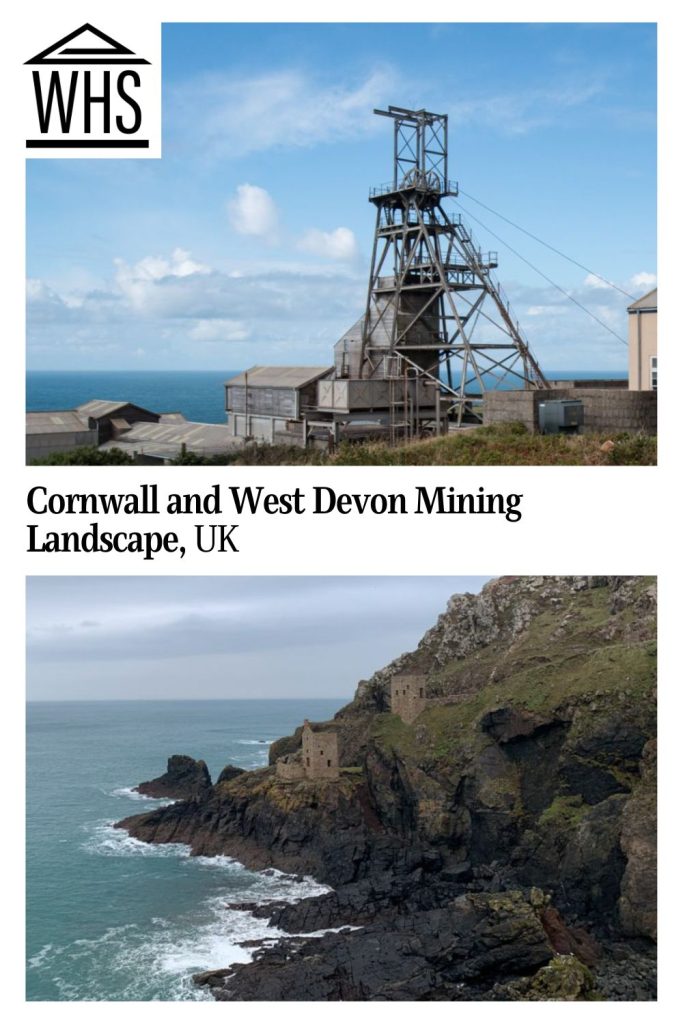
- St. Just Mining District
- The Port of Hayle
- Tregonning and Gwinear Mining Districts with Trewavas
- Wendron Mining District
- Camborne and Redruth Mining District with Wheal Peevor and Portreath Harbour
- Gwennap Mining District with Devoran and Perran and Kennall Vale
- St. Agnes Mining District
- The Luxulyan Valley and Charlestown
- Caradon Mining District
- Tamar Valley Mining District with Tavistock
Disclosure: This article contains affiliate links. Making a purchase through an affiliate link will mean a small commission for this website. This will not affect your price. Privacy policy.
The region is characterised by its iconic mine buildings, engine houses, and mining infrastructure which can be seen across the landscape. Key locations within the site include the impressive remains of the Levant Mine, the well-preserved Geevor Tin Mine, and the expansive engine houses at Botallack.
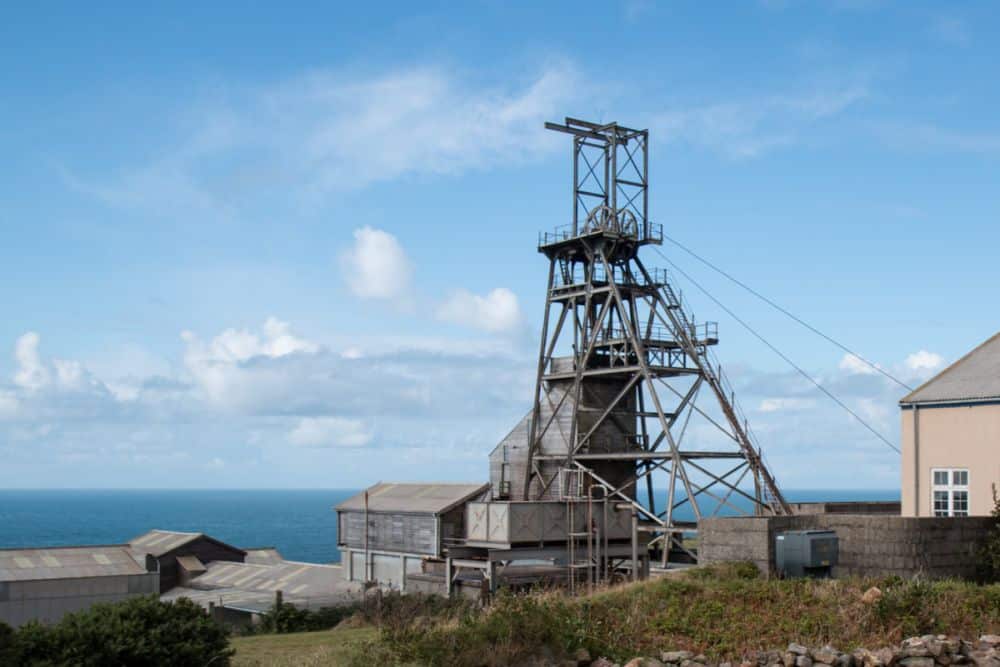
Why is the Cornwall and West Devon Mining Landscape a UNESCO World Heritage site?
The site demonstrates the technological advancements of mining practices, particularly in tin and copper extraction, which were revolutionary during the 18th and 19th centuries and changed the landscapes and communities in Cornwall and Devon. These mines contributed significantly to the Industrial Revolution in Great Britain and consequently to mining in other parts of the world both in terms of innovative technologies and the copper and tin they supplied.
The UNESCO listing states that the site is “an outstanding example of the evolution of mining technology and the development of the mining industry.”
What can you expect on a visit to Cornwall and West Devon?
As this landscape is so diverse and covers a huge area across two counties, mining infrastructure appears when you least expect to see it. In West Cornwall, the cliffs are dotted with engine houses with the most well-known being at Botallack Mine. The engine houses here sit on the edge of the cliffs and are battered by winter storms.
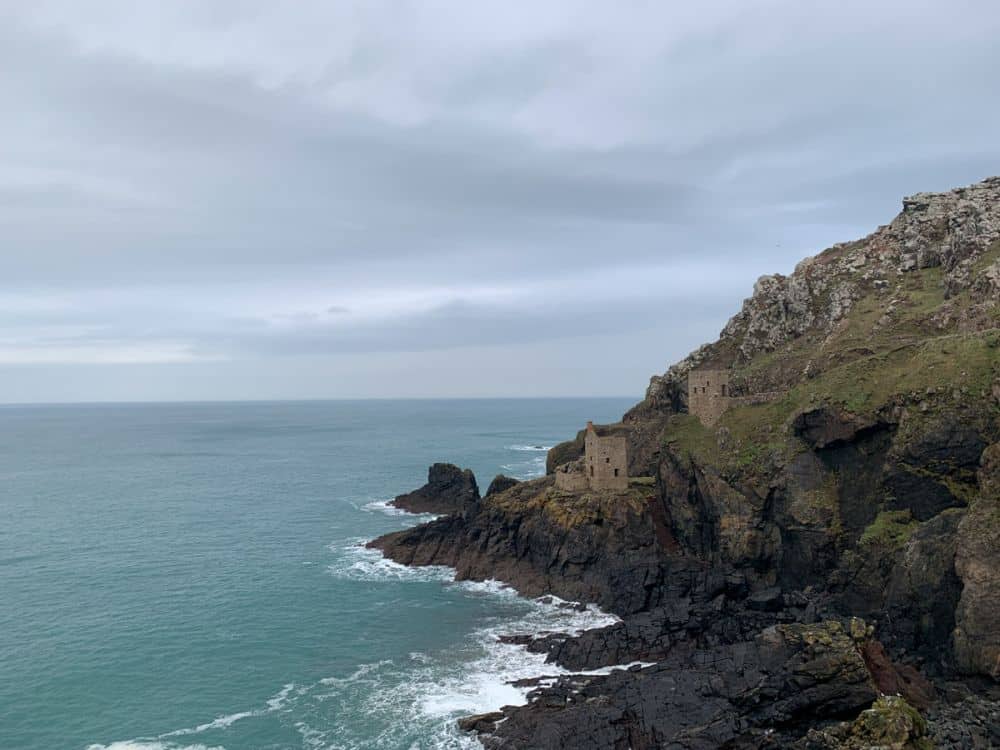
Nearby, the National Trust Levant Mine has a working beam engine which is noisy and really brings to life the conditions that the miners worked in. A short walk away at Geevor Tin Mine it is possible to go underground and experience the conditions even further.
In a completely different landscape in the south of Cornwall near Fowey are the remnants of the clay works. Deep pools of turquoise water are overshadowed by tall conical slag heads from the extraction of china clay.
Is the Cornwall and West Devon Mining Landscape worth visiting?
It is definitely worth a visit and almost every trip to Cornwall will involve visiting the landscape shaped by mining. As the area is so large, it’s better to select one or two sites to visit. For the best overview of mining I would suggest visiting Geevor Tin Mine and walking the cliffs to Levant Mine.
What sorts of travelers would like these mining sites?
These sites will appeal to travellers who have an interest in industrial history, but also those who enjoy exploring the coast.
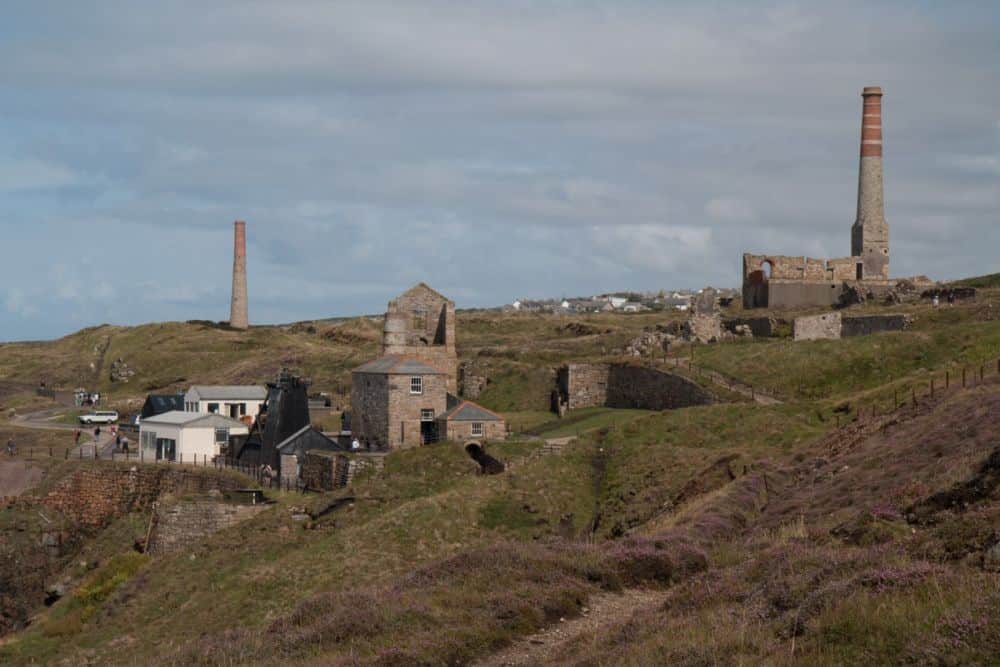
Tips for visiting Cornwall and West Devon mining areas
This site definitely needs planning. Before travelling to Cornwall, look at the sites near to your accommodations as the distances can be deceptive.
Book accommodations in Bodmin, Penzance, Tavistock, and/or Truro.
Check the opening hours of the sites you want to visit if you are travelling in the winter months. Many are closed or have reduced hours in the winter.
If you are walking the cliffs between sites, remember to watch dogs and children as the cliffs are sheer and there are no barriers.
If you are traveling with a group of family or friends, consider this tour of the mining landscape in Cornwall.
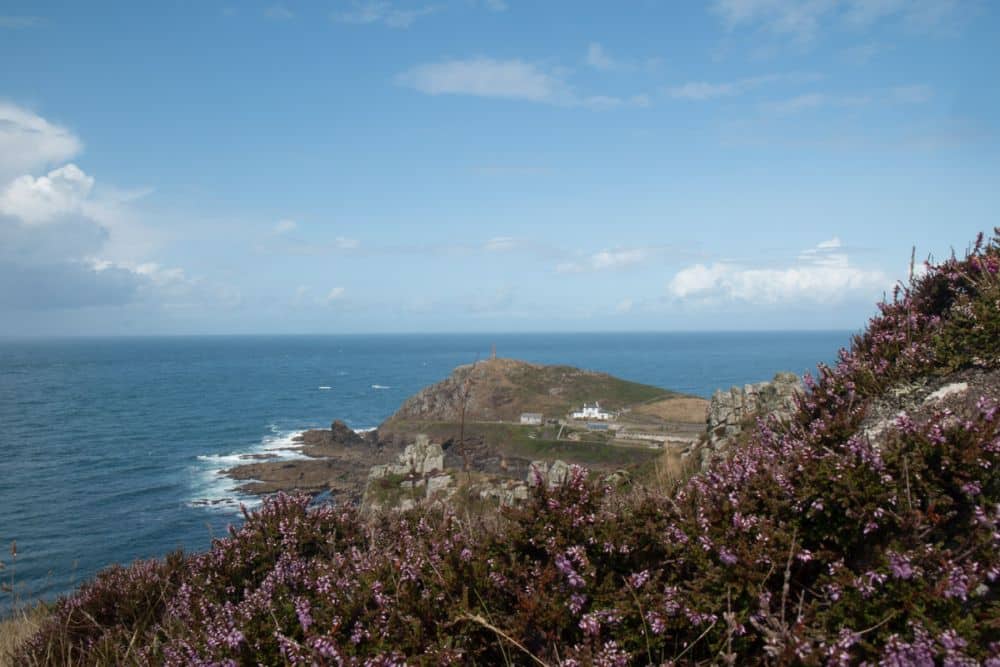
Where are these mining areas?
Cornish mining sites can be reached from Bodmin, Penzance, Tavistock and Truro. The transport options are few, as many of the sites are in small villages with no public transport. Travel to the sites should be an integral part of your visit planning. If you do use public transport always check that you can depart as well as arrive as there are sometimes only one or two buses each day.
The best way to see these sites is certainly by car. Compare your rental car options here.
The map below gives an overview of where the parts of this site are. However, many of them are mining districts, so some pins on the map only indicate a general area.
If you are planning to travel in the south of England, the Dorset and East Devon Coast is also a UNESCO site, as are Stonehenge/Avebury, Bath, and Blenheim Palace. The Derwent Valley Mills and the Slate Landscape of Northwest Wales are much further away but, if the history of the Industrial Revolution is your particular interest, they might be worth visiting.
For more information about the Cornwall and West Devon Mining Landscape, opening hours and admission fees, see its official website.
Have you been to the Cornwall and West Devon Mining Landscape? If so, do you have any additional information or advice about this UNESCO World Heritage site? Please add your comments below!


